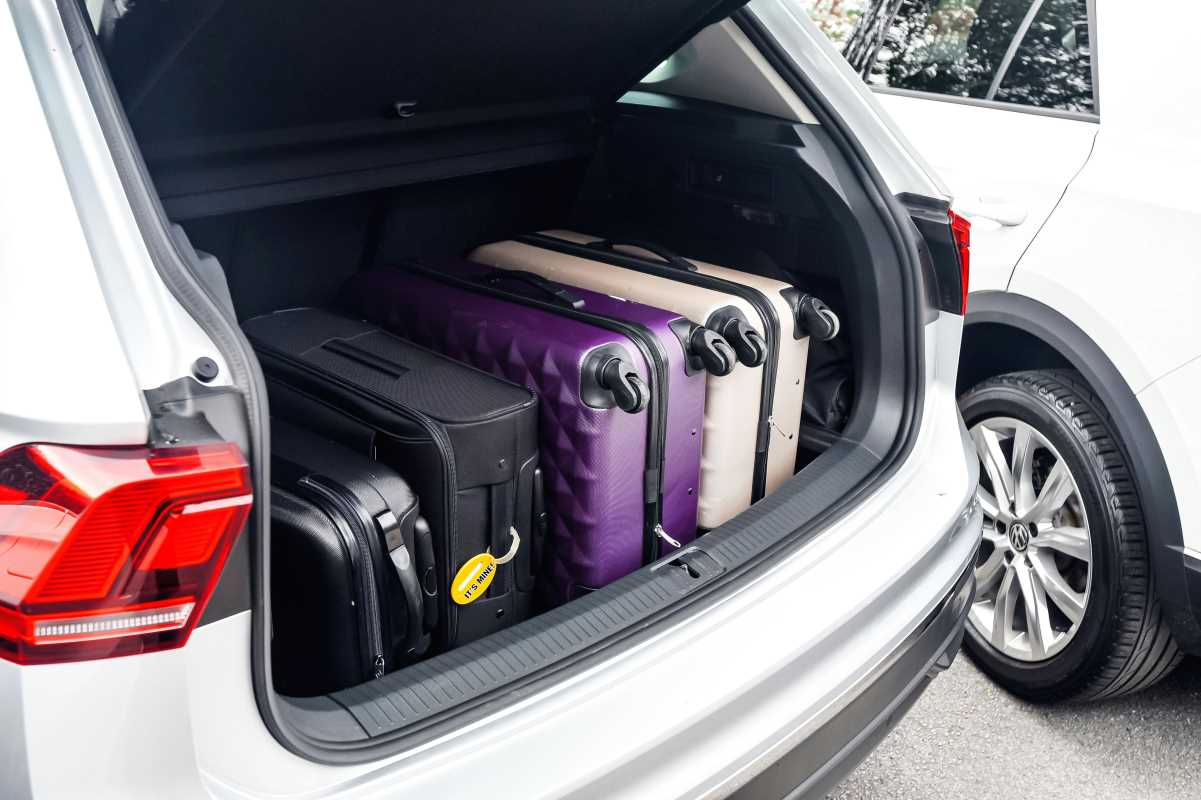Are you looking to take control of your finances but not sure where to start? Budgeting is a crucial tool for achieving financial success and stability. Whether you're saving for a significant purchase, paying off debt, or planning for the future, creating a budget can help you reach your goals. This step-by-step guide will help beginners navigate the world of budgeting and set themselves up for financial success.
Understanding Your Income and Expenses
The first step in creating a budget is understanding your income and expenses. This foundational step is crucial for developing an effective budget that aligns with your financial reality.
- Track Your Income: Start by listing all your sources of income. This includes your primary salary, any side gigs, freelance work, bonuses, and any other sources of money you receive regularly. Be thorough and include all streams of income to get a clear picture of what you have coming in.
- Identify Your Expenses: Next, list all your expenses. Categorize them into fixed expenses (e.g., rent/mortgage, utilities, insurance) and variable expenses (e.g., groceries, entertainment, dining out). Fixed expenses are regular and predictable, while variable expenses can fluctuate month to month. Be sure to include occasional expenses like annual subscriptions or car maintenance.
- Calculate Your Net Income: Subtract your total expenses from your total income to determine your net income. This will show you whether you are living within your means or if adjustments are necessary.
Understanding your income and expenses provides the baseline needed to craft a budget that will help you manage your finances effectively.
Setting Financial Goals
With a clear understanding of your income and expenses, you can set financial goals that will guide your budgeting process.
- Define Your Goals: Consider what you want to achieve with your finances. Common goals include building an emergency fund, saving for a vacation, paying off debt, or saving for a large purchase like a car or home. Be specific about what you want to achieve and set a timeline for reaching each goal.
- Make Your Goals SMART: Ensure your goals are Specific, Measurable, Achievable, Relevant, and Time-bound (SMART). For instance, instead of saying "I want to save money," a SMART goal would be "I want to save $1,000 for a vacation within the next six months."
- Prioritize Your Goals: If you have multiple goals, prioritize them based on their importance and urgency. Focus on achieving one goal at a time or allocate resources proportionally to work on multiple goals simultaneously.
Setting clear and achievable financial goals will give your budgeting efforts direction and purpose, helping you stay motivated and on track.
Creating a Budget
With your goals in mind, it's time to create a budget that aligns with your financial situation and objectives.
- Allocate Your Income: Begin by allocating a portion of your income to essential categories like housing, utilities, groceries, and transportation. These are non-negotiable expenses that must be covered each month.
- Budget for Savings and Debt Repayment: Next, allocate funds for savings and debt repayment. Decide on a percentage of your income to put into savings accounts, retirement funds, or investment accounts. If you have debt, allocate funds towards paying off high-interest debts first.
- Set Aside Money for Discretionary Spending: After covering essentials and savings, allocate a portion of your income for discretionary spending, such as dining out, entertainment, and hobbies. This helps ensure you enjoy life while still managing your finances responsibly.
- Track and Adjust: Keep track of your spending in each category. You can use budgeting apps, spreadsheets, or traditional methods like pen and paper. Regularly compare your actual spending to your budgeted amounts and adjust as needed.
Creating a budget involves balancing your income with your expenses and ensuring that you allocate funds appropriately to meet your financial goals.
Building an Emergency Fund
An emergency fund is a crucial component of financial stability, providing a safety net for unexpected expenses.
- Determine Your Savings Goal: Aim to save enough to cover 3-6 months' worth of living expenses in your emergency fund. This amount can vary based on your personal situation and comfort level.
- Open a Separate Savings Account: To keep your emergency fund separate from your regular spending money, open a dedicated savings account. Look for high-yield savings accounts that offer competitive interest rates to maximize your savings.
- Automate Your Savings: Set up automatic transfers from your checking account to your emergency fund. Automating your savings ensures consistent contributions and helps you build your fund over time without having to remember to make manual deposits.
- Use the Fund Wisely: Only use your emergency fund for genuine emergencies, such as medical expenses, car repairs, or unexpected job loss. Avoid dipping into it for non-essential purchases.
Building a robust emergency fund provides financial security and peace of mind, allowing you to handle unexpected expenses without derailing your budget.
Monitoring and Adjusting Your Budget
Creating a budget is just the beginning. To achieve financial success, you need to actively monitor and adjust your budget regularly.
- Review Your Budget Monthly: At the end of each month, review your budget and spending. Analyze any discrepancies between your budgeted amounts and actual spending. Identify areas where you may need to adjust your budget.
- Track Your Spending: Use tools or apps to track your spending in real-time. This helps you stay aware of your financial habits and make timely adjustments.
- Adjust as Needed: Life circumstances change, and so should your budget. If you experience a significant change in income or expenses, update your budget to reflect these changes.
- Stay Flexible: Budgeting is a dynamic process. Be prepared to make adjustments as needed to accommodate changes in your financial situation or goals.
Regular monitoring and adjustment ensure that your budget remains relevant and effective in helping you achieve your financial goals.
Celebrating Your Successes
As you make progress on your budgeting journey, it's important to celebrate your successes and milestones.
- Acknowledge Your Achievements: Take time to recognize and celebrate your financial accomplishments, whether it's reaching a savings goal, paying off a debt, or sticking to your budget for a month.
- Reward Yourself: Set aside a small reward for reaching milestones, such as treating yourself to a favorite activity or purchasing something you've been wanting. This positive reinforcement can help keep you motivated.
- Reflect on Your Progress: Regularly reflect on how far you've come in managing your finances and achieving your goals. Use this reflection to stay inspired and committed to your budgeting journey.
Celebrating your successes reinforces positive financial habits and keeps you motivated as you continue working towards your financial goals.
By following this step-by-step guide to budgeting for beginners, you can take control of your finances and set yourself up for financial success. Understanding your income and expenses, setting realistic financial goals, creating and managing a budget, building an emergency fund, and monitoring your progress are all essential components of effective budgeting. Remember, budgeting is a journey, not a destination. Stay committed, stay flexible, and watch your financial future flourish as you achieve your goals and build a secure financial foundation.
 (Image via
(Image via





